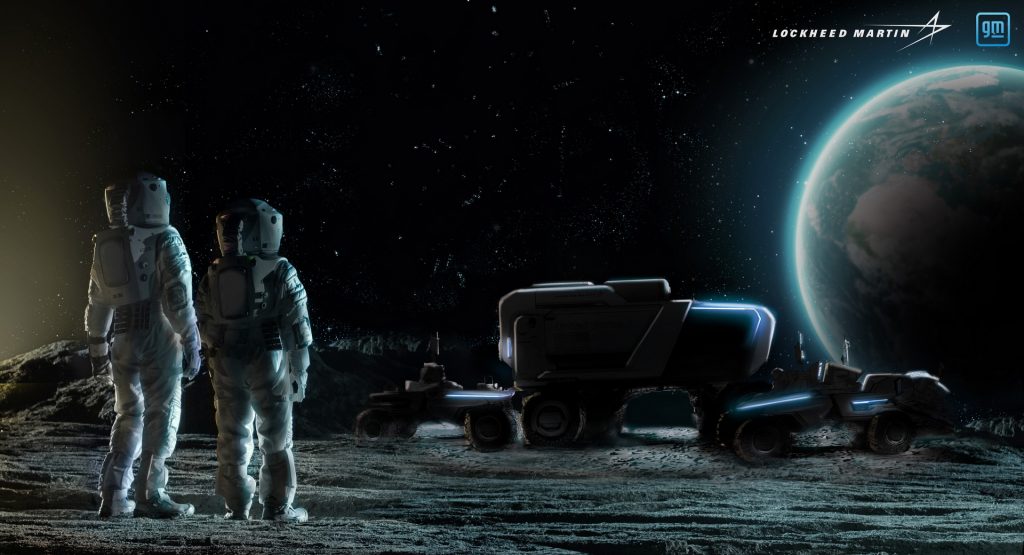Five decades after it got involved in such a project, GM will help develop a new, next-generation Lunar Rover for NASA.
The automaker will partner with Lockheed Martin to produce a lunar vehicle that can go much farther than the one it helped build for the Apollo 15 mission in 1971. That rover could only go 4.7 miles, but this one is being designed to make it all the way to the Moon’s south pole.
Unlike the original, go-kart-style Lunar Rover, though, this one, known as the Lunar Terrain Vehicle, will have self-driving systems to allow it to prepare the surface of the Moon for human landings, provide payload transportation and expand the range and utility of science experiments conducted in space.
Read Also: Chevy Compares 2017 Bolt EV To 1971 Lunar Rover
GM will be supporting Lockheed Martin, which is leading the project and has worked with NASA for 50 years in deep-space human and robotic exploration.
“This alliance brings together powerhouse innovation from both companies to make a transformative class of vehicles,” said Rick Ambrose, executive vice president, Lockheed Martin Space. “Surface mobility is critical to enable and sustain long-term exploration of the lunar surface. These next-generation rovers will dramatically extend the range of astronauts as they perform high-priority science investigation on the Moon that will ultimately impact humanity’s understanding of our place in the solar system.”
The vehicle will be used as part of NASA’s Artemis program, whose mission is to send humans back to the Moon. The agency has said that it will land the first woman and the first person of color onto the surface of Earth’s only natural satellite. The project, though, is fundamentally a stepping stone to the wider mission of sending humans onto the surface of Mars.





